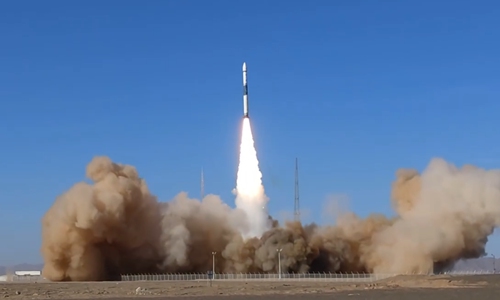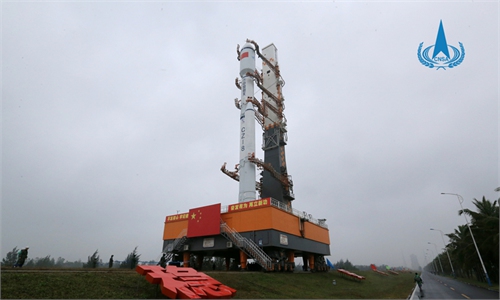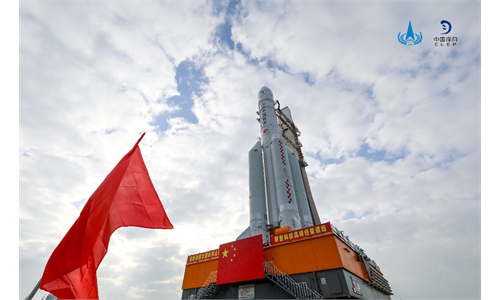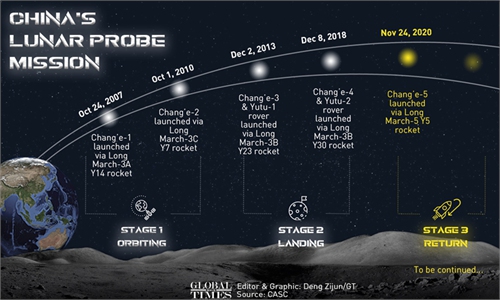SOURCE / INDUSTRIES
China’s first self-developed 3.2m three-segment solid rocket motor successfully completes testing

China's solid-fueled KuaiZhou-1A (KZ-1A) Y11 carrier rocket blasted off. File photo: screenshot of video from China's CCTV News
China's first independently-developed 3.2-meter three-segment solid rocket motor for civilian usage completed its first ground test in Xi'an, Northwest China's Shaanxi Province on Wednesday, marking China's largest and the most powerful segment-type solid rocket motor tested to date.
Following China's rapid development in space technology, the new solid rocket booster can be applied to large and heavy rockets and meet a varied range of needs across aerospace equipment, manned moon landing and deep space exploration, China Central Television reported on Wednesday.
China's Long March 11 and Kuaizhou 1 are both solid-fuelled carrier rockets, which are among the first in the world in terms of advanced technology, Huang Zhicheng, an expert in the space industry, told the Global Times on Wednesday.
Data revealed that the segmental solid rocket buster is a solid fuel rocket motor divided into several sections and each section has its own shell, adiabatic structure and propellant charge column.
In addition to space exploration, Huang noted that solid rockets are mainly used for ballistic missiles, and that China, the US and Russia all have advanced intercontinental missiles that can travel more than 8,000 to 10,000 kilometers.
"Because solid rocket motors can launch quickly but have limited carrying capacity compared with the liquid fuel rocket motor, so the latter is used more often in space exploration at present," said Huang.
The new motor marked another major milestone in rocket development following the successful ground thermal testing of the 3-meter 2-segment large solid rocket booster developed by China Aerospace Science and Technology Corporation in August of 2016.
"Unlike China's current technical level of liquid rocket, solid rocket technology is already at a world-top level, given the fact that so far there is no solid rocket with such a large diameter and large thrust in other countries," a source with China's aerospace science and technology field told the Global Times on condition of anonymity.
Industry insiders said that although there are no plans for such a large solid rocket launch in aerospace sector at the national level currently, the new solid rocket may possibly replace the current liquid rocket motor with five meters in diameter as well as the liquid rocket motors for future manned moon landing when necessary.
"The cost of liquids is generally lower than that of solids, but the larger the size, the better the performance of solids," said the source, noting that in the future, there will be greater potential as the country continues to invest in the area.



